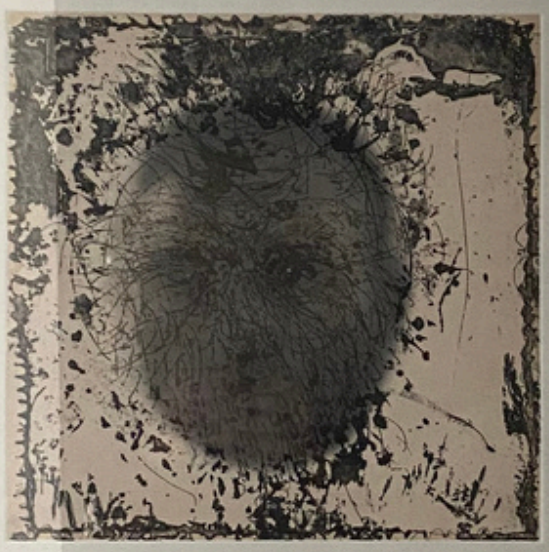This piece reflects the influence of informalism, abstract expressionism, and gestural abstraction, which have deep roots in modern and contemporary art:
-
Abstract Expressionism (1940s–1950s, USA)
- Artists like Jackson Pollock and Franz Kline pioneered action painting and gestural abstraction.
- The splattered, uncontrolled energy here resembles Pollock’s drip paintings, yet the presence of a face adds a psychological depth.
-
Tachisme & Informalism (1950s–1960s, Europe)
- Similar to Antoni Tàpies and Jean Dubuffet, this piece plays with material textures and raw, expressive marks.
- The chaotic yet controlled randomness suggests a dialogue with nature, entropy, and decay.
-
Miquel Barceló’s Influence (Late 20th Century – Present)
- Barceló, a contemporary Spanish artist, is known for his exploration of organic decay, material transformation, and primal aesthetics.
- His works often feature textured surfaces, abstract portraiture, and the theme of erosion over time.
- This piece aligns with his tendency to deconstruct human figures, making them part of a larger chaotic yet meaningful composition.
Interpretation
This artwork could symbolize memory, identity, and transformation. The face, barely visible, seems to be either disintegrating or emerging from the chaos, suggesting themes of life, mortality, and the passage of time. The use of raw, spontaneous gestures adds an emotional depth, reflecting a tension between creation and destruction—a common theme in Barceló’s work.


